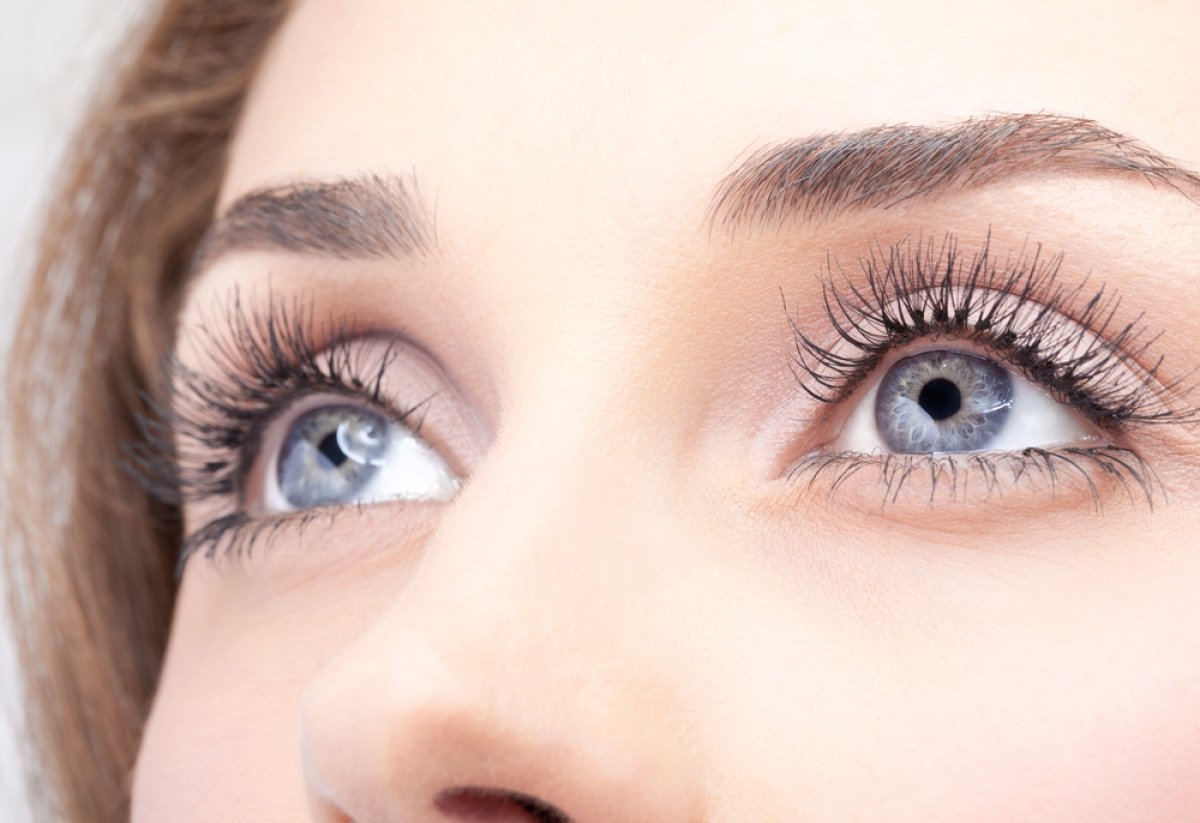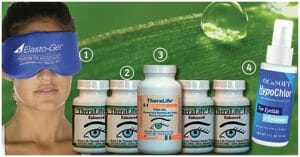
Graves’ Disease
Typical treatments for Graves’ Disease are:
- Antithyroid medications
- Radioactive iodine
- Surgery
Dry Eyes and Graves’ Disease
Dry eye syndrome is very common amongst people with Graves’ disease. It is also called “thyroid eye disease”.
Thyroid eye disease is known to go through varying degrees of severity, and it can go into periods of remission as well. When it has been inactive for a period of around a half a year, it’s less likely to recur.
Dry Eye Symptoms in Graves’ Disease
- Pain in the eyes, pain when looking up, down or sideways
- Dryness, itching, dry eyes, difficulty wearing contact lenses
- Inflammation and swelling of the eye, and its surrounding tissues
- Swelling in the orbital tissues which causes the eye to be pushed forward — referred to as exophthalmos — which can make thyroid eye disease sufferers appear to have a wide-eyed or bulging stare.
- Bloodshot appearance to eyes
- Double vision (diplopia)
- Impaired vision
Treatments for Dry Eyes in Graves’ Disease
Your clear choice is TheraLife® Autoimmune. Our formula restores both tear volume and tear thickness – producing balanced sustainable tears for maximum comfort.
In milder cases of thyroid eye disease, typical treatments for dry eye syndrome work well. These include but are not limited to:
- TheraLife® Eye Autoimmune
- Wrap-around sunglasses to avoid glare
- Room humidifiers
- Prism lenses in eye glasses to reduce double vision.
- Short course of Prednisone to address eye swelling and redness
You may need to tape your eyes closed at night to prevent drying. Sunglasses and eye drops may reduce eye irritation. Rarely, surgery or radiation therapy (different from radioactive iodine) may be needed to return the eyes to their normal position.
Some doctors recommend orbital radiation, which can be successful in some patients.
In rare cases, when medical treatment has not resolved the retracted and puffy eyelids, or double vision, doctors will recommend corrective surgery.
Eyelid surgery is primarily cosmetic in nature, and is designed to bring the eyelids into a more normal position, to improve appearance.
Surgery for double vision works with the muscles that control eye movement.
In a very small percentage of patients, the swelling in the orbital area impairs vision by pressing on the optic nerve. In these cases, a surgery called orbital decompression is needed in order to prevent severe complications.
Some of the eye problems related to Graves’ disease usually improve when hyperthyroidism is treated with medications, radiation, or surgery.
Radioactive iodine can sometimes make eye problems worse. Eye problems are worse in people who smoke, even after the hyperthyroidism is cured.
The Issue of Radioactive Iodine Treatment (RAI) for Graves’ Disease
Radioactive Iodine (RAI) treatment is the preferred treatment in the U.S. for Graves’ disease and its resulting hyperthyroidism. According to the New England Journal of Medicine, however, radioiodine therapy for Graves’ hyperthyroidism is more likely to apparently cause or worsen thyroid eye disease than is anti-thyroid drug therapy. This worsening can be temporary however, and may in some cases be prevented by use of the steroid prednisone.
Graves Disease Thyroid Dry Eyes
I was diagnosed with Graves Disease 5 years ago. Graves’s disease attacks the thyroid gland as well as the eyes.. I went to many doctors who suggested that I use eye drops and ointments. which exacerbated my problem. I found TheraLife on the internet and found relief within a few weeks. I have been on 2-4 capsules per day ever since. I NO LONGER use any eye drops or ointments. This supplement totally keeps my dry eyes under control. Once in awhile, I still take 6-8 capsules, but after a couple of weeks, I go back to 4. I am extremely happy and grateful for finding TheraLife.
THANK YOU THERALIFE!!!
M. S., San Antonio, Texas
*Results may vary*
All Natural Treatment For Dry Eyes- TheraLife
K
Autoimmune Dry Eye
References
- 1.Wémeau JL, Klein M, Sadoul JL, Briet C, Vélayoudom-Céphise FL. Graves disease: Introduction, epidemiology, endogenous and environmental pathogenic factors. Ann Endocrinol (Paris). 2018 Dec;79(6):599-607. [PubMed]
- 2.Hussain YS, Hookham JC, Allahabadia A, Balasubramanian SP. Epidemiology, management and outcomes of Graves disease-real life data. Endocrine. 2017 Jun;56(3):568-578. [PMC free article] [PubMed]
- 3.Diana T, Olivo PD, Kahaly GJ. Thyrotropin Receptor Blocking Antibodies. Horm Metab Res. 2018 Dec;50(12):853-862. [PMC free article] [PubMed]
- 4.Li Z, Cestari DM, Fortin E. Thyroid eye disease: what is new to know? Curr Opin Ophthalmol. 2018 Nov;29(6):528-534. [PubMed]
- 5.Rago T, Cantisani V, Ianni F, Chiovato L, Garberoglio R, Durante C, Frasoldati A, Spiezia S, Farina R, Vallone G, Pontecorvi A, Vitti P. Thyroid ultrasonography reporting: consensus of Italian Thyroid Association (AIT), Italian Society of Endocrinology (SIE), Italian Society of Ultrasonography in Medicine and Biology (SIUMB) and Ultrasound Chapter of Italian Society of Medical Radiology (SIRM). J Endocrinol Invest. 2018 Dec;41(12):1435-1443. [PubMed]
- 6.Kahaly GJ, Bartalena L, Hegedüs L, Leenhardt L, Poppe K, Pearce SH. 2018 European Thyroid Association Guideline for the Management of Graves Hyperthyroidism. Eur Thyroid J. 2018 Aug;7(4):167-186. [PMC free article] [PubMed]
- 7.Kotwal A, Stan M. Thyrotropin Receptor Antibodies-An Overview. Ophthalmic Plast Reconstr Surg. 2018 Jul/Aug;34(4S Suppl 1):S20-S27. [PubMed]
- 8.Subekti I, Pramono LA. Current Diagnosis and Management of Graves Disease. Acta Med Indones. 2018 Apr;50(2):177-182. [PubMed]
- 9.Committee on Pharmaceutical Affairs, Japanese Society for Pediatric Endocrinology, and the Pediatric Thyroid Disease Committee, Japan Thyroid Association (Taskforce for the Revision of the Guidelines for the Treatment of Childhood-Onset Graves Disease). Minamitani K, Sato H, Ohye H, Harada S, Arisaka O. Guidelines for the treatment of childhood-onset Graves’ disease in Japan, 2016. Clin Pediatr Endocrinol. 2017;26(2):29-62. [PMC free article] [PubMed]
- 10.Aung ET, Zammitt NN, Dover AR, Strachan MWJ, Seckl JR, Gibb FW. Predicting outcomes and complications following radioiodine therapy in Graves thyrotoxicosis. Clin Endocrinol (Oxf). 2019 Jan;90(1):192-199. [PubMed]


